Best Seasons for Foundation Repairs
Foundation repairs are most effectively performed during specific times of the year when weather conditions are favorable. Optimal seasons typically include spring and fall, as moderate temperatures and lower moisture levels reduce the risk of complications during repair processes. Conducting repairs in dry conditions minimizes soil movement and helps ensure the longevity of the foundation.
Timing also depends on soil type and local climate. In regions with heavy rainfall or extreme cold, scheduling repairs during drier, milder periods can prevent delays and additional issues caused by weather. Proper planning ensures that foundation stabilization and repair work are completed efficiently and with lasting results.
Spring offers moderate weather and soil conditions ideal for foundation work, reducing delays caused by moisture or cold.
Fall provides cooler temperatures and less humidity, which can be beneficial for foundation stabilization before winter.
Extreme cold can hinder certain repair methods, while high summer temperatures may cause soil to dry out or expand, complicating repairs.
Scheduling during periods of stable weather reduces the risk of delays and ensures better soil conditions for foundation work.

Springtime offers optimal conditions for foundation stabilization.
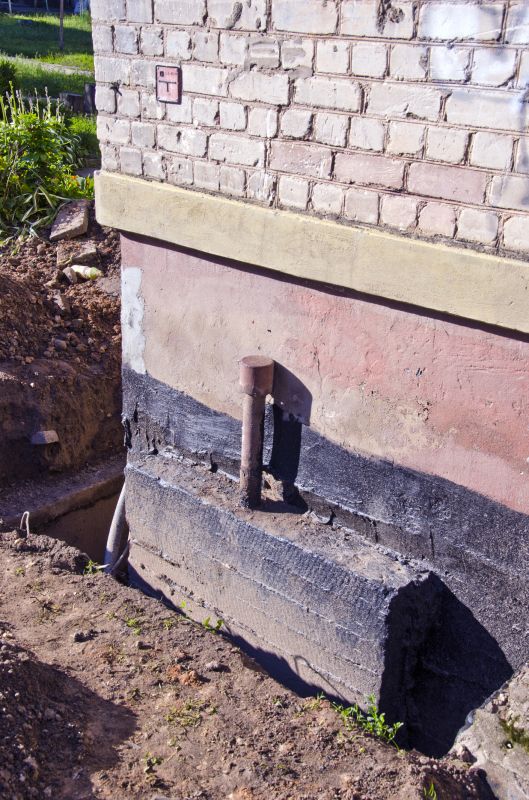
Fall's cooler weather can facilitate effective foundation repairs.

Weather stability is crucial for successful foundation repairs.
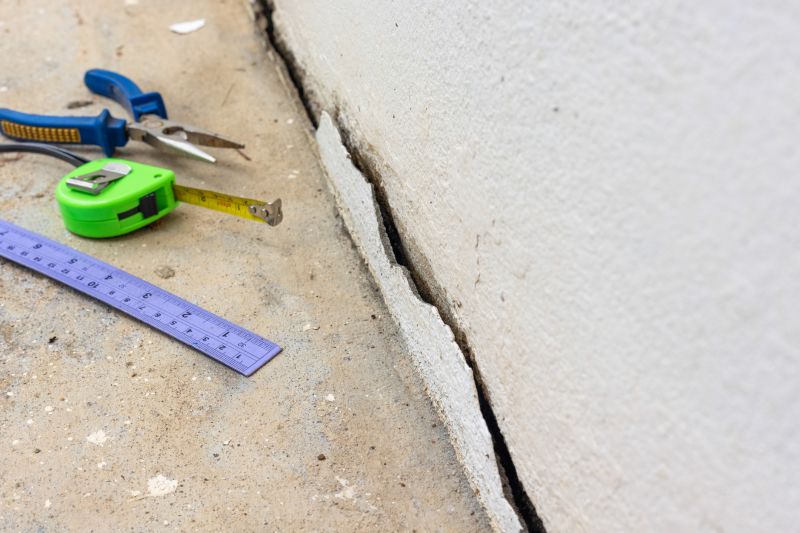
Ways to make Foundation Repairs work in tight or awkward layouts.
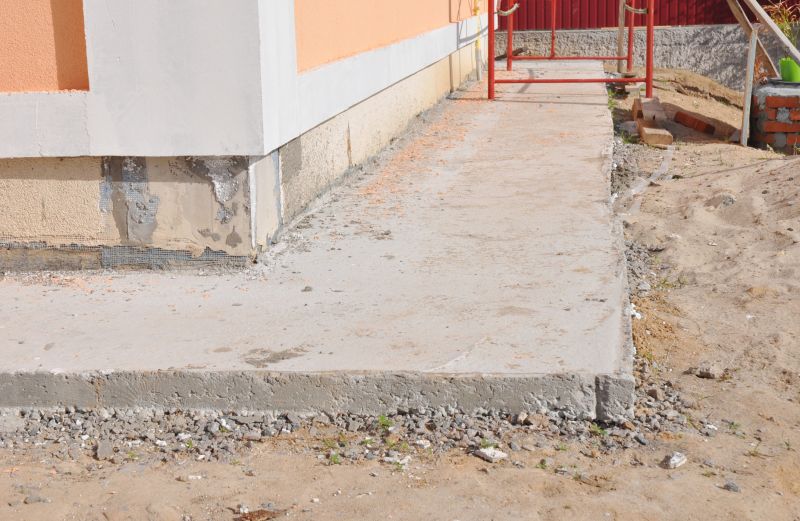
Popular materials for Foundation Repairs and why they hold up over time.
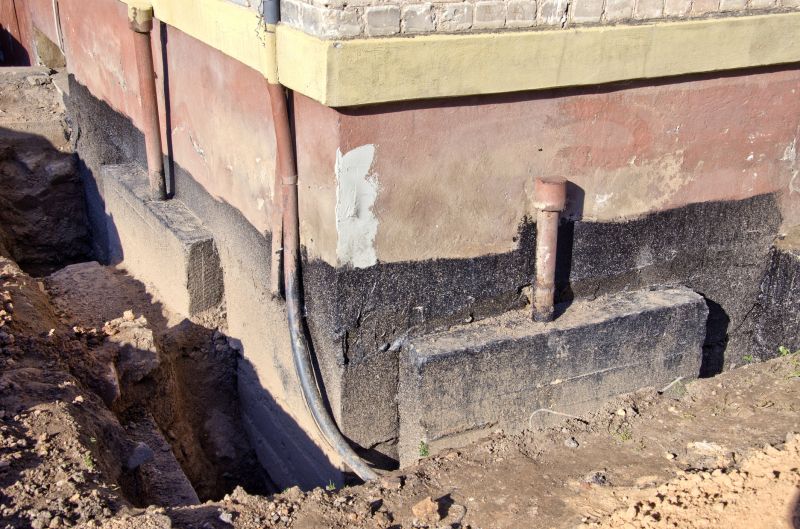
Simple add-ons that improve Foundation Repairs without blowing the budget.
| Season | Ideal Conditions for Foundation Repairs |
|---|---|
| Spring | Moderate temperatures, low rainfall, soil is not frozen |
| Summer | Potential for high heat and drought, soil may dry out |
| Fall | Cooler temperatures, less humidity, soil stabilizes |
| Winter | Cold temperatures and frozen ground, delays recommended |
Foundation repairs are critical for maintaining structural integrity and preventing further damage. Timely intervention can address issues such as settling, cracking, and shifting caused by soil movement, moisture changes, or poor construction. Properly timed repairs can extend the lifespan of a building and reduce long-term costs associated with structural failures.
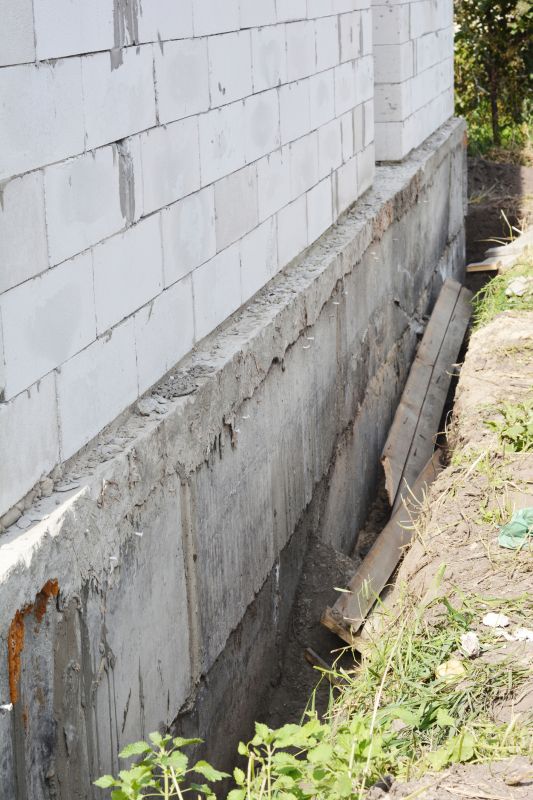
Proper timing ensures effective stabilization and long-lasting results.
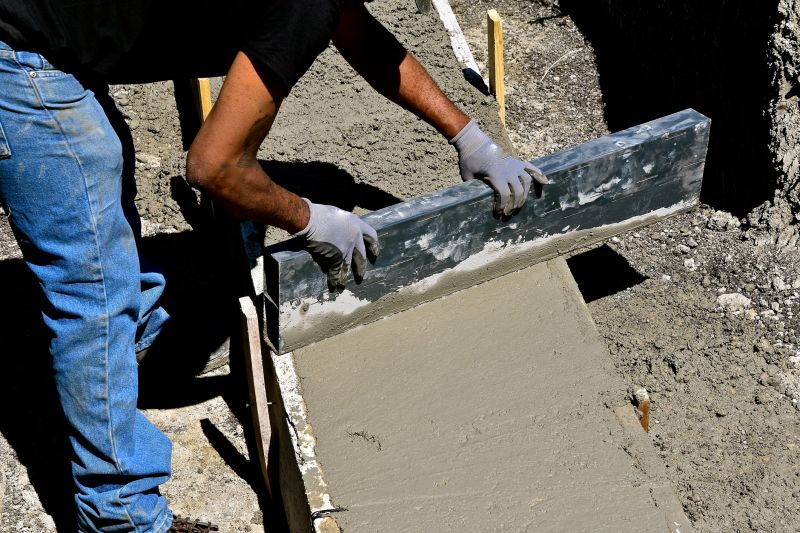
Timing repairs during optimal soil conditions improves effectiveness.
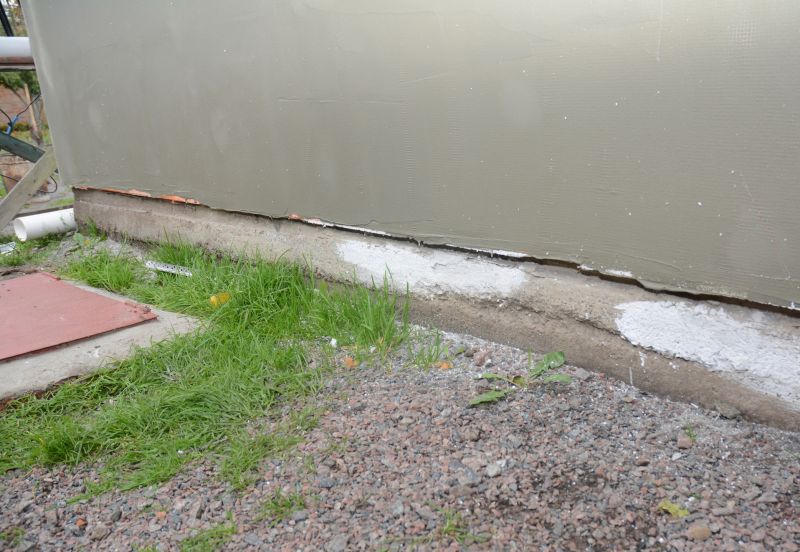
Seasonal considerations help prevent future cracking.
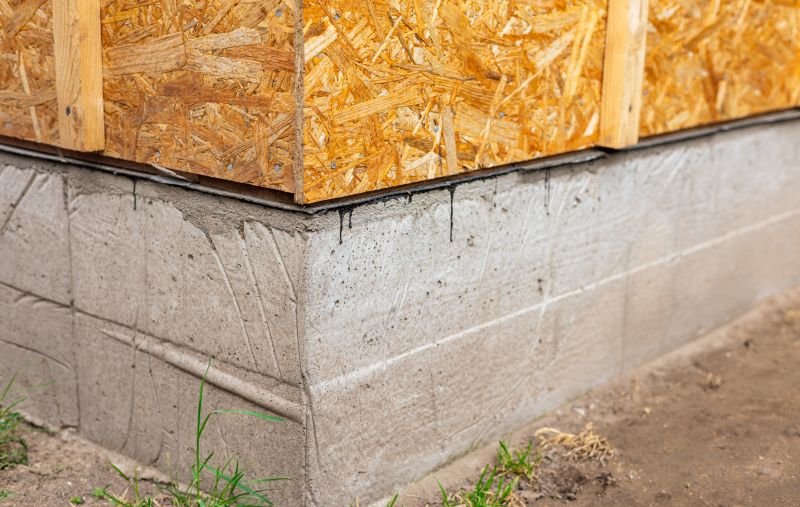
Timing allows for better assessment and long-term monitoring.
Interest in foundation repairs should be discussed with a professional to determine the most suitable time based on local conditions and specific structural needs. Proper planning and scheduling can lead to more efficient repairs and improved durability of the foundation over time.
For those considering foundation repairs, filling out the contact form provides an opportunity to receive tailored advice and scheduling options suited to local weather patterns and soil conditions in South Milwaukee, WI.

